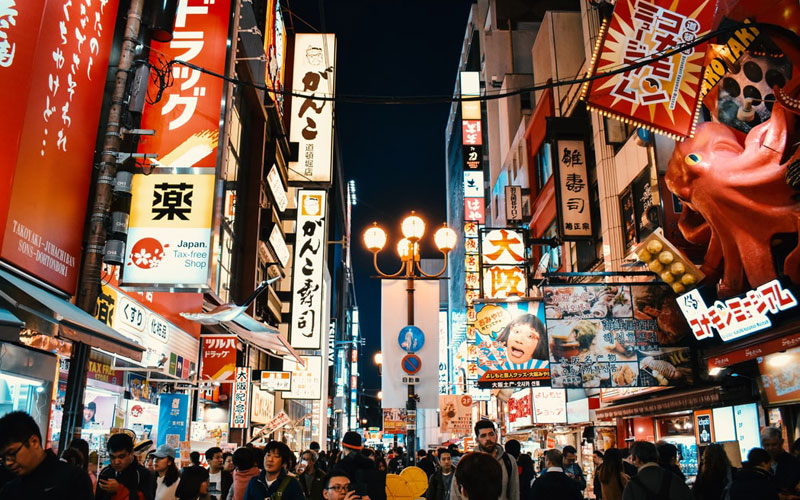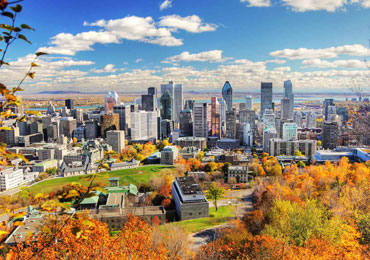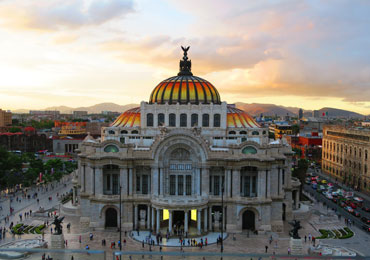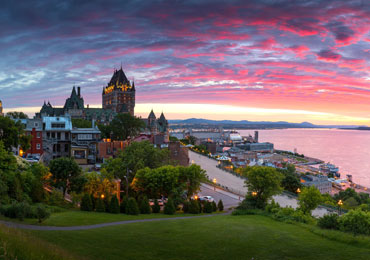History of Osaka

Osaka is known as one of the major attractions for tourists to visit when they plan a trip to Japan. However, have you ever wondered what the journey is behind that name? Was it called Osaka forever? The city has been a way for trade and international commerce ever since the 15th century. It is Osaka that brought Buddhism to the town, and then later, it was spread across Japan rapidly. The history of Osaka is short yet interesting. Here is what Osaka have for us.
The first-ever sign of habitation or human life in the area around Osaka was found as the buried skeletons that are from far in the past dating to some 5th to 6th century. It was the Yayoi period when the city of Osaka when the increment in the population was observed. Not only that, the farming of rice grew, and port became one of the centers for trade. Due to the huge amount of tombs, the scientists and researchers mapped the conclusion that included the city as a center for political actions. The Naniwa Nagara-Toyosaki Palace was built in 645 by the emperor Kotoku by making Naniwa (present-day Osaka) the new capital of Japan. However, in a short span of time, another city was declared as the capital of Japan. Nonetheless, Naniwa sustained being a focus and bridge for trade with the nearby countries and prefectures.
In the year 1496, one of the Buddhist sects established its headquarters in one of the strong temples known as the Ishiyama Hongan-Ji. To drive the sect out of the temple, the government planned and set up a siege that lasted for around ten years that resulted in the destruction of the temple. Rather than rebuilding the Ishiyama Hongan-Ji temple, the very popular Osaka Castle was built in its place. All through time, Osaka grew out to become a center of economy and a well-known major city of Japan. Other than being a developing city in regards to trade and economy, it as well worked towards creating rich art culture by introducing the Kabuki theaters and ukiyo-e pictures. For example, in 1837, Oshio Heihachiro, a samurai, took over a revolt against the government that denied helping the poor families. It was massively supported by the locals. The rebellion was violently put down, and Oshio Heihachiro ended up suiciding.
In 1888 later, Osaka opened its doors for trade and exchange purposes with the foreign that maximized the population along with the area.
The expansion of Osaka continued during the 19th century. Osaka has a promising situation due to which it observed the high number of Korean immigrants. The city consistently developed at a rapid pace making it through the most modern cities in Japan due to the strong politics that pulled the economy and industrialization in the right direction.
During world war 2, Osaka had to undergo massive destruction as the American air raid hit the city multiple times, making sure to affect the urban areas.

With a comprehensive yet fascinating history, Osaka today stands tall as a city of Japan. It is popular as the cuisine capital of Japan and is widely known as the city of water. It is a unique blend of traditions and cultures from the past as well as the latest technological innovations. Here are a few facts about the city.
- Osaka is the third-largest city in Japan.
- Osaka is popular because of its underground shopping mall experience that is ultimately one of the greatest tourist attractions.
- Osaka has the best cruising experience to offer.
- Osaka consists of around 3,395 shrines and temples that make it the city with the second most temples in Japan.
- Osaka is popular for its tradition of entertainment and theatre.
- Osaka has the popular universal studio that is counted amongst the six universal studio theme parks.
Although Osaka is still building itself since the war, however, it is known as one of the major stops for the tourism industry in today's time. It still holds the culture from the past that always has something to bring up for tourists as an attraction.





